Myanmar: Inle Lake
The glassy expanse of Inle Lake
is located in a valley between two mountains, in the West of Shan State. 22km
long and 11km wide, on paper it’s huge, but in real life it seems even bigger
as it’s difficult to tell where the water stops and the marshes start. In
Myanmar’s watery world, houses perch on stilts above the water, gardens float
and wooden canoes are rowed with one leg by Intha fisherman.
__
Inle feels like a different world
to the rest of Myanmar. The vast silver sheet of the lake glistens in the low
light, with fisherman slowly gliding in their one-legged ballet across the
surface. Other than the few ripples caused by diving Cormorants, there is
complete stillness. And silence.
That is, until dawn breaks…and
then chaos erupts. A fleet of slender wooden canoes converges onto the lake
with a chorus of propellers reminiscent of the Grand Prix as locals and
tourists race down waterways between stilt houses and sprawling floating Hyacinth.
Waiting on the edge of the lake, looking
across at the mountains covered in a blanket of fog, the sky was the same
silvery colour as the water. Staring up at the ominous grey clouds above me,
the thought crossed my mind: “Are you sure it’s not going to rain?” Mar-lar, a Shan
local from the Pa-O hill tribe, replied with certainty: “It never rains in
January, maybe only two drops”. To be fair to Mar-lar, the rain
held off for most of the day but when it came I’d like to point out – it wasn’t
two drops. It was some of the heaviest rain I’d ever experienced. With
hindsight, I realise there is a reason that everything in Shan State is so
green.
Dotted across the lake are many
villages; each with a differing focus: boat making, farming, weaving, silversmithing
and the famous Five-Day Market. This rustic market rotates among several
villages on the Lake and provides an opportunity for the tribal people to come
down from the hills to trade livestock and produce with the Intha people. Much
of the lake produce comes from the floating gardens, where the Intha farmers
grow their crops on long wooden trellises supported on islands of vegetation. All
manner of vegetables are grown, but the lake is most well-known for its
tomatoes; at the height of the season, they harvest up to 50 tonnes a day. We
cruised along the channels hemmed in by these hydroponic farms, watching farmers
paddle up and down the rows of growing islands, tending to their crops. The hypnotic
one-legged paddling technique is completely unique to Inle, as the style
evolved due to the reeds and plants covering the lake making it difficult to
see above them while sitting and rowing.
My favourite place on the lake
was In Phaw Khone – the Weaving Village. Pulling up by boat, the teak
stilt houses vibrate with the echo and clatter of 1000 looms and shuttles. Inle
Lake is the only place in the world where they weave using thread made from the
fibres of the lotus plant. The weavers believe that by wearing something made
from lotus can help to absorb negativity and bring good luck. The labour
intensive process and the religious symbolism of the The Lotus in Buddhism
makes this fibre both extremely valuable and extremely expensive – several times
more than the cost of silk.
We travelled further and further along the lake, past schools and monasteries and children playing on the banks. Turning off at an estuary, the waterway narrows and we wind our way through foliage-shrouded canals before reaching the lakeside village of Inthein. This is the moment that the cloud that had been threatening rain all day broke, and massive drops started falling from the sky. Undeterred, we climbed the muddy path to the top of the hill where the ruins of stupas and zedi appeared out of the mist. This ancient village of 1000 crumbling stupas in various states of decay, (1054 to be precise) has mostly been reclaimed by greenery and Banyan Trees, which only adds to the lost world atmosphere.
I asked Mar-lar if the Intha
people minded this sudden influx of tourism onto the lake. Diplomatic as ever,
she noted that tourism brings a huge economic boost to an otherwise very poor
area but the extra traffic on the lake causes disruption to the farmers and
fisherman. Despite all its beauty, Inle faces numerous environmental problems.
The lake is shrinking due to the reduced amount of rain in the wet season. It
is filling up with sediment, mostly owing to the (illegal) deforestation of the
surrounding areas. With no trees to hold the soil in place, it is washed into
the lake by rain, causing the water to turn murky and killing the fish life.
Water Hyacinths have invaded the lake and taken over its surface. The Intha
people have tried but failed to find a use for the plant so the government
introduced snails to the lake to kill it. Unfortunately the snails also thrived
which increased birdlife which in turn placed a strain on the quantity of fish
available. These are big problems for a big lake that has huge economic and
cultural importance to Myanmar.
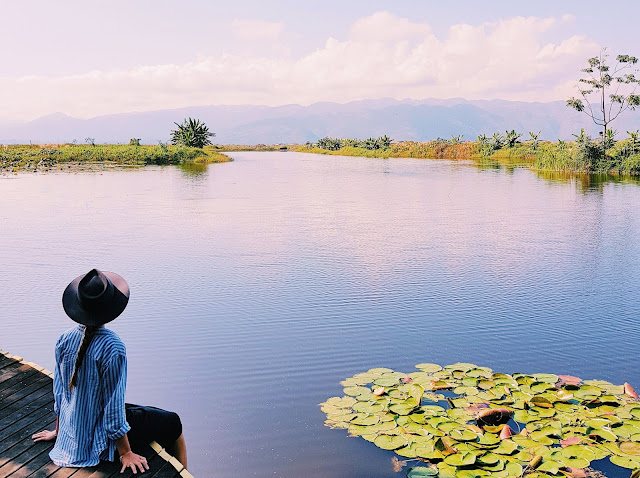
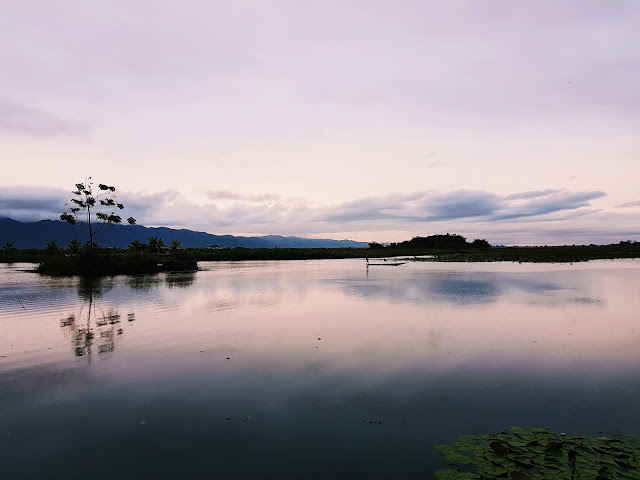



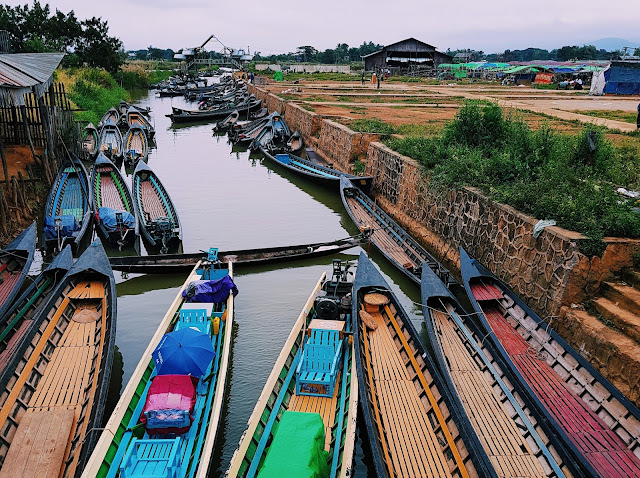





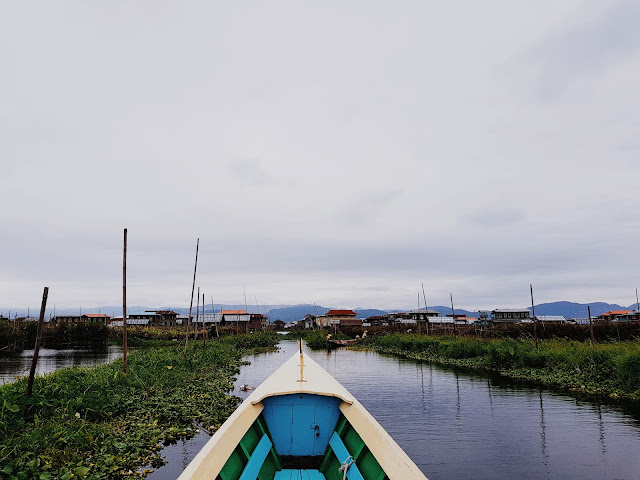
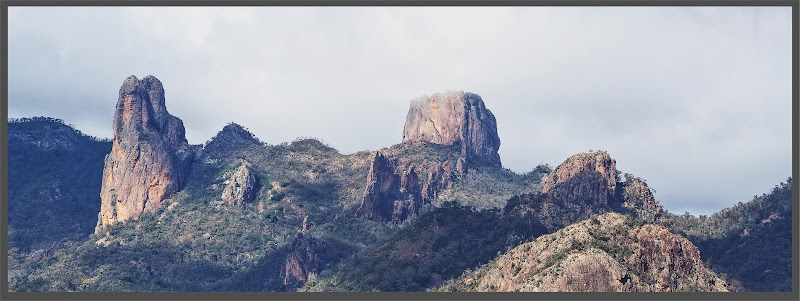

Comments
Post a Comment